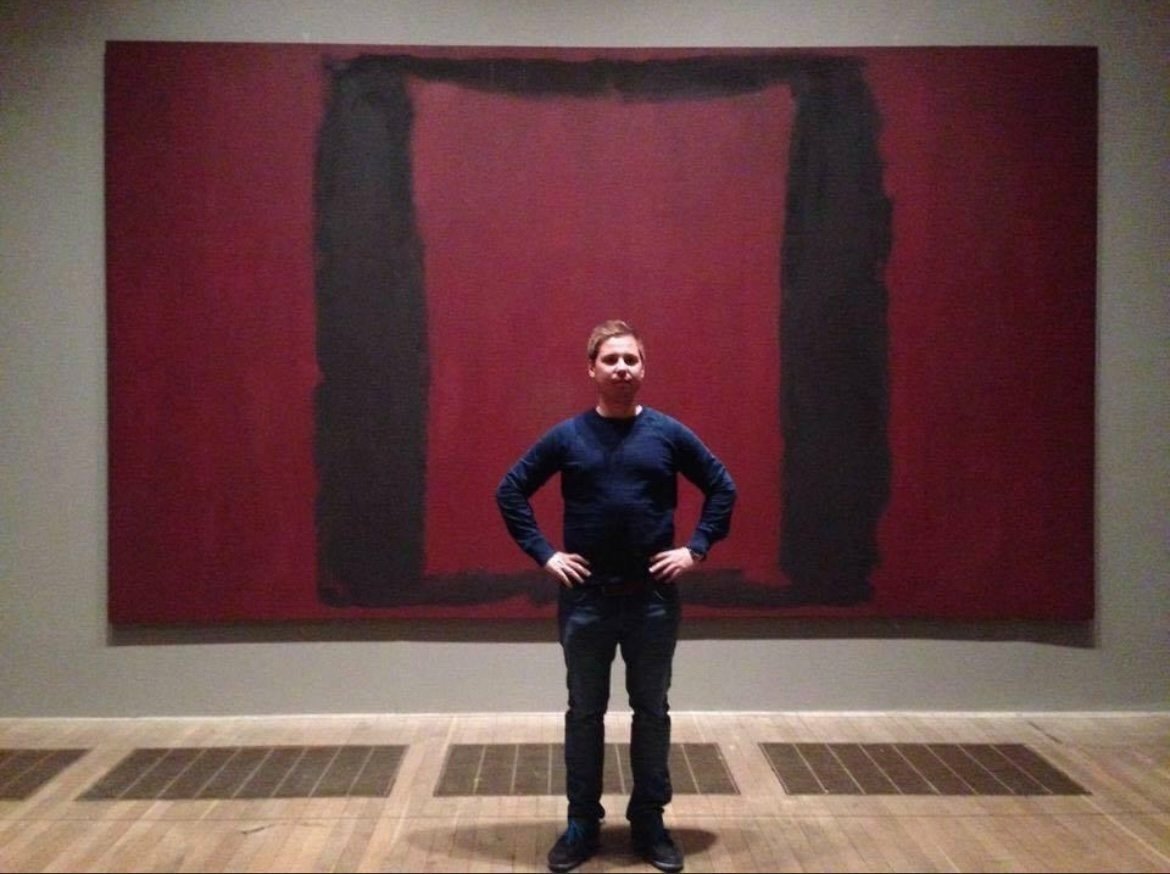3 Fascinating Anthropological Theories Explained Simply
Who said anthropological theories are boring? Theories help us understand what’s happening in the world on a deeper level. Here are 3 anthropological classics!
Reflections.
Tip: Try relating the theories to your own experiences. Does Turner's theory resonate with your experiences of crisis or conflict? Do we interact with others a bit like actors on a stage? And have you ever been deeply moved by art or objects? Perhaps it's wrong to think of art as passive objects? Here are 3 fascinating theories that are undoubtedly anthropological classics:
Erving Goffman´s theater metaphor
Caption: Just as an actor performs a role for the audience, we perform roles when we meet others, according to Goffman’s theory.
Goffman was a sociologist, so technically, this is a sociological theory. However, it is also one of the first theories taught to anthropology students and one of the most influential in the field of social anthropology.
Goffman’s dramaturgical theory explores how people socialize and interact in society by comparing it to a theatrical performance. The essence of Goffman’s theory lies in the idea that social interactions can be viewed as performances on a stage. He argues that we all play different roles depending on the situation we’re in, and these roles influence how we behave and communicate with others. Goffman focuses on how individuals manage the impressions they wish to convey to others and how they interpret others’ actions to understand what’s happening on the social stage.
Isn't it true that we play a different role with our mothers than we do with our friends? We adjust our actions and words depending on the "audience" in front of us. Here, I also need to introduce Goffman’s concepts of “backstage” and “frontstage.” There is always information we hold back and other information we display. What we show is what we want the audience to see – the way we wish to appear. What we hold back is something we don’t want to reveal. We keep it backstage. For example, it might be tough to smoke in your friend group, but when you get home to your mom, this is something you hide backstage. Perhaps you chew gum, wash your hands, and hide the cigarette pack.
Every relationship has expectations of how we should behave, whether good or bad. This is particularly noticeable when someone breaks these expectations – students not listening to the teacher, a doctor flirting with patients, or a store employee not providing service to customers.
By the way, did you know that the word "person" actually means "mask"? This makes a lot of sense in Goffman’s theory of social life as a theater.
Victor Turner´s model of social drama
Illustration of the model for social drama. Turner, Victor. On The Edge of the Bush: Anthropology As Experience. University of Arizona Press, 1985..
Social drama is a model that aims to understand social crises and conflicts as a process. Turner was actually inspired by Goffman. What is the progression of a conflict? Turner outlines four main phases in a crisis or conflict:
Breach of norms: First, a norm is broken. People start to realize that things aren't as they should be. Maybe it's a nasty look or suspicion that someone is stealing. "There’s tension in the air" or "something is off," as we say.
Crisis: At this stage, things can still be resolved. If not, the situation may escalate into a crisis. The nasty look turns into a fight, or the suspicion of theft is confirmed.
Action to resolve the issue: Once a crisis has emerged, something must be done to resolve the conflict/drama. You can’t stay in a crisis forever, and the goal is to restore normalcy. Turner says this is the most interesting phase to study because it shows how different cultures handle crises. Perhaps someone intervenes between the fighters, or the justice system gets involved to resolve the conflict with the thief. This phase is often characterized by rituals and symbols.
Reintegration or division: The actions in phase 3 lead to a result. Either the crisis/conflict is resolved, or the situation remains unresolved, and the parties stay divided. The process can often lead to people emerging from the situation stronger and on a new level because of what they have learned. The thief has learned a lesson and returns to society as a more moral citizen. The fighters, however, will never become friends, and the best solution is for them to stay apart.
There are many other aspects of social drama, but I think that will come in a later post.
Alfred Gell´s anthropology of art
Caption: Me with Mark Rothko’s art at Tate London. This series of paintings was originally intended to hang in a cafeteria for wealthy businessmen, whom Rothko had no regard for. He painted the pieces to make the businessmen feel trapped and lose their appetite. He withdrew the paintings from the agreement and donated them to Tate instead. It was a powerful experience to witness Rothko's art, which paints emotions and “portals” to our inner world.
The core of Gell's theory of art revolves around the idea of "art as an agent." Gell suggests that art objects possess a form of power or ability to influence individuals and society. He proposes that art is not just a passive object for aesthetic admiration, but rather an active agent that impacts human behavior, social interactions, and culture. Gell's theory challenges traditional views of art as merely a product of individual creativity or cultural expression, emphasizing instead the role of art objects in mediating social relationships, power dynamics, and symbolic meanings within a given society. He uses, for example, the art of Mark Rothko to illustrate how art can evoke strong emotional responses.
In other words: art is not a lifeless thing. Art has the power to influence the world.
Final thoughts
In conclusion, these theories offer valuable insights into how we navigate social interactions, conflicts, and cultural expressions. Whether through Goffman’s dramaturgical perspective, Turner’s social drama model, or Gell’s view of art as an active agent, they all highlight the complex and dynamic nature of human behavior and society. Understanding these concepts allows us to better comprehend the underlying processes that shape our social worlds and the ways in which we engage with others.





